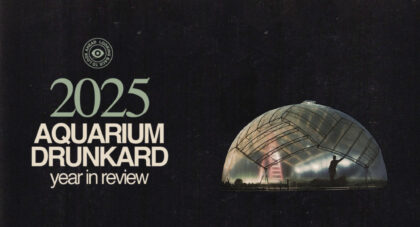Electronic composer Joanna Brouk takes very little credit for the trailblazing sound poetry she recorded in the 1970s and '80s. It flowed through her, she says, unbothered by the metaphysical connotations such a statement implies. She didn't write it so much as transcribe it, transmuting melodies from single repeated notes and from the spaces between them.
"If you want to know where my music came from, it was silence," Brouk says over the phone from her place in San Diego, synthesizer drones buzzing faintly in the background.
Her remarkable recordings can be heard on . . .
Only the good shit. Aquarium Drunkard is powered by its patrons. Keep the servers humming and help us continue doing it by pledging your support.
To continue reading, become a member or log in.


